Phase 1 Pediatric Orthodontics Bethel Park & McMurray
Shaping Young Smiles for Future Wellness
When most people think of orthodontic braces, they picture someone who is a preteen or teenager sporting brackets and wires on their teeth. However, Dr. Palmer sometimes suggests braces for children even younger! Also known as early interceptive treatment, Phase 1 pediatric orthodontics is a limited orthodontic approach that involves the use of growth appliances, expanders, or partial braces before the patient’s adult teeth have fully erupted. This care will typically happen when your child is between the ages of eight and eleven and tends to last 11-14 months.
Here are answers to some of the questions you may have if your child has been recommended to wear braces at a young age.
Why Choose Smiles by Palmer for Phase 1 Pediatric Orthodontics?
- Two Conveniently-Located Offices
- Dental Insurance Welcome
- Personalized Treatments for Children of All Ages
What Is the Goal of Early Age Orthodontic Treatment?
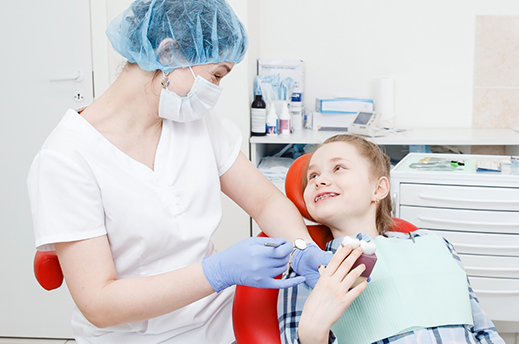
There are several goals that Dr. Palmer might have in mind when recommending Phase I orthodontic treatment in Bethel Park. For instance, it may be important to further develop and adjust the child’s jaws in order to make room for permanent teeth to erupt successfully and to improve the relationship that exists between the lower jaw and upper jaw. In fact, this early approach can prevent serious oral health problems from occurring later in life, such as dental trauma or jaw surgery.
Our goal may also be to save young patients from experiencing crossbite, dangerous overcrowding, severe overbite and underbite, the too-early loss of “baby” teeth, and harmful oral habits. Simply put, we want to create a solid and receptive foundation for erupting permanent teeth, and this can be accomplished much more easily when your son or daughter is still relatively young.
Why Might a Child Need Early Age Orthodontic Treatment?
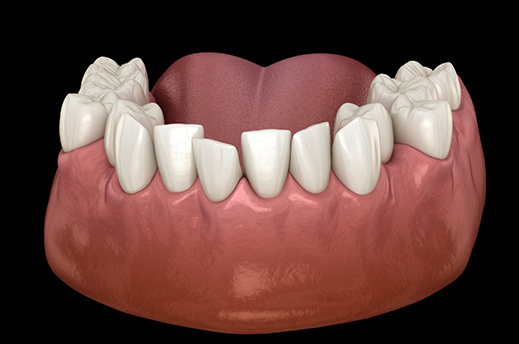
Not all children need to wear braces early. Some of the circumstances that may warrant early intervention include:
- Losing baby teeth early or late
- Trouble with chewing or biting
- Mouth breathing
- Thumb sucking beyond the age of five years old
- Speech impediments
- Teeth that protrude
- An uneven bite or simply having teeth that don’t fit together well
-
Crowded front teeth
At What Age Should a Child Have an Orthodontic Screening?
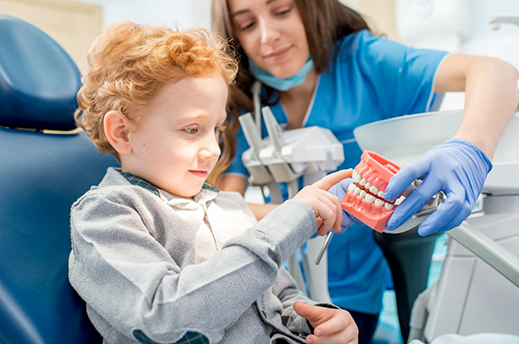
The American Association of Orthodontists recommends that children have their first screening by the time they are eight years old. For most kids, this is the time when all of their permanent front teeth and their first molars have come in. At this time, Dr. Palmer can tell if there are problems with eruptions. Also, he can evaluate your son or daughter’s jaw to detect growth discrepancies, such as a crossbite (when the upper teeth hit behind the lower teeth), crowding, or teeth that protrude. After this early evaluation, we’ll know if early treatment is necessary and when that should begin.
What Are the Benefits of Early Age Orthodontic Evaluation and Treatment?
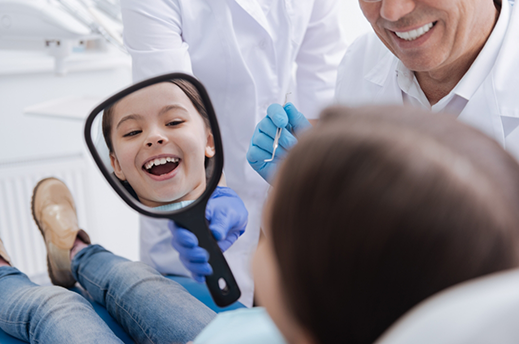
If Dr. Palmer does recommend braces for your son or daughter at a young age, then the benefits can be far-reaching. Chief among these benefits is that future orthodontic treatment may be simplified or the treatment time may be shortened. Other advantages of early orthodontic treatment include:
- Decreases the likelihood of impacted permanent teeth
- Guides permanent teeth into better positioning
- Guides the growth of your child’s jaws
- Enhances personal appearance
-
Eliminates speech problems and difficulty eating or breathing
What Happens After Phase 1 Treatment?
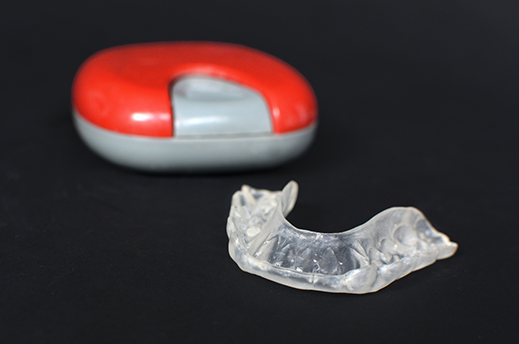
Your child will need to undergo a resting period. During this time, the remaining permanent teeth are given the time they need to erupt naturally. Dr. Palmer will typically recommend the use of a retainer during this time; however, we may discontinue its use if it starts to interfere with this important process.
What Happens During Phase II Treatment?

Once the patient’s smile is fully developed, it’s likely that they will be 11-13 years old and ready for Phase II. Phase II treatment requires a full set of braces and typically takes somewhere between 12-18 months of time to complete. The new, permanent teeth will be gradually shifted in order to improve your child’s oral function and aesthetics. Their new, confident smile will come together at last!
Pediatric Orthodontics FAQs
Is it necessary for my child to continue with regular dental checkups and cleanings while wearing braces?
Yes! While wearing braces, your child may find brushing and flossing to be a bit trickier in the beginning. Effectively removing hardened plaque and tartar from their teeth and around their brackets can be difficult, which is why these visits are crucial to maintaining good oral health. Our team will work closely with your child’s dentist to ensure their teeth and gums remain healthy while undergoing orthodontic treatment.
Will it hurt my child to wear braces?
No matter the phase of treatment your child is in, it is likely they will experience some mild discomfort in the beginning. Although their facial structure is not yet solidified and is more capable of easy movement, the fact remains that their teeth are moving, and this may result in some discomfort. Fortunately, with an over-the-counter pain reliever and cold compresses, you can help minimize the pain. It is also helpful for your child to eat softer foods to avoid putting additional pressure on their fixtures.
Will dental insurance cover my child’s braces?
It is normal for dental insurance companies to pay a portion of orthodontic treatment, but if you are unsure, we will be happy to verify coverage for you before you even arrive for your first appointment. Once we move forward with treatment, we will bill the insurance company and the amount they agree to pay will be deducted from the total cost of treatment. If you need assistance paying any remaining balance or are uninsured, you can apply for available financing through CareCredit or by enrolling in monthly payments that accrue no interest over the course of treatment.
Will my child be expected to make any necessary changes during orthodontic treatment?
Your child’s pediatric orthodontist will go over what you and your child can expect throughout treatment, some of which include changes in the way they care for their teeth and gums, what they eat, and how to minimize irritation and discomfort. Because these are new fixtures within the oral cavity, it is important that your child understands it will take time to become more accustomed to their braces, and that giving it ample time is an important component to ensuring their smile moves in the right direction. It is also necessary to comply with any detailed instructions we provide to keep brackets and wires intact and teeth moving throughout treatment.
